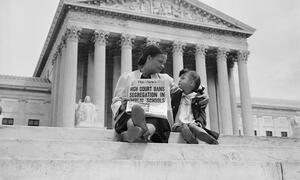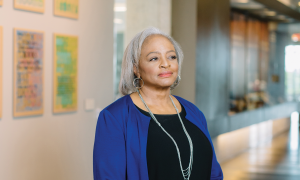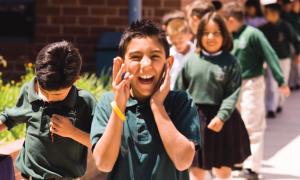When I was in fifth grade and new to suburbia, my teacher introduced the concepts of racism, civil rights and fairness. And she began the task of helping 10-years olds—all of us white—learn how to talk about race in constructive ways. I’d moved from a gritty urban neighborhood where whites, blacks and Puerto Ricans lived together rather warily. My parents maintained a chilly silence on the issue of race, although they forbade racial epithets; on the street I heard plenty. In this place, the black kids came mostly from the projects, the Puerto Ricans lived in apartments and the better-off among the white families might have an entire house. I knew that race divided.




